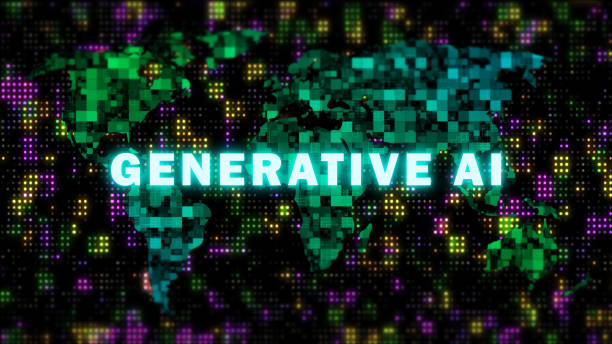A lot of discussions are going around about the ethical implications and legitimacy of artificial intelligence (AI) art. Thus, it is worth exploring the new sector.
Anyone who has spent time online might have come across some form of AI-generated art. This could include a form of digital art designed or enhanced using AI tools. Currently, the concept of AI art is popular and controversial in equal measures. Notably, everyone including the internet and top companies is getting on board with the new product.
AI Art Defined
By description, AI art is any art, whether audio, visual, or otherwise, that is developed by artificial intelligence (AI) machines as opposed to humans. AI is the technology that lets computers process information and independently resolve issues, fundamentally learning how humans do it.
In recent years, AI capabilities have been widely reviewed and included in the world of art. Now, it is not strange to see various creative digital portraits, videos, audio, and published on the internet and fully AI-generated.
But, that does not mean that a human is not involved in AI art generation at all. Normally, it is a person who prompts the AI to develop art in the first place and normally determines what the concept of the art piece will include. Nonetheless, the effort of developing the piece from the start or based on available references is made by the artificial intelligence tool involved.
You might wonder how artificial intelligence tools can develop art independently. All this boils down to how AI works in general. AI programs have to be ‘fed’ existing material that they can learn from. In matters of art, AI scans through thousands or millions of references and starts to learn patterns.
While referencing these materials, AI learns what objects are supposed to look like, how various art styles operate, and a lot more. Using this knowledge, an AI can create interesting artwork based on prompts.
For example, by reviewing tens of thousands of paintings, an AI program recognizes how a Renaissance-style painting would look like and can create one on command. A common strategy that AI is made is by a user ‘feeding’ customized instructions into the tool.
Consider the scenario of comedian Steve Harvey fleeing from urban legend monsters in the forest. It’s probable that a human-directed an AI to generate these images. The AI, following the instructions, likely conducted web searches to gather information about Steve Harvey’s appearance and the typical characteristics of urban legend monsters.
In case it was told to focus on an art style, it would analyze what the image would seem like and then create it. Unlike a human artist who would have to spend hours, days, or weeks to paint the images manually or digitally, AI art generators can create the images in minutes or seconds.
Several AI programs are available in the market specializing in AI art including DALL-E, DeepDream, and Artbreeder.
Related:What Is AI Ethics?
The History Of AI Art
While it has exploded in recent years, AI art has been around since the 1960s. An early model was a program known as the Aaron system that was created by Harold Cohen, a British artist. The program managed to create art independently and that got it and its creator lots of attention.
Google LLC released DeepDream in July 2015, an artificial intelligence tool that utilizes a neural network to discover and enhance patterns in images. Several years later, it published a text-to-image tool that would enable users to create AI art by only tying prompts.
Since then, other tools have hit the market and most of these utilize GAN models to analyze existing art and develop new art pieces. Another major development during the time was the launch of Ganbreeder, an AI tool that supports the creation of new images using existing pieces of art. That has been a notable milestone since it means that millions of images that are available in the world might eventually become references for AI art developments.
Although AI art tools have been in the consumer market for several years, things exploded in the early 2020s. That happened mostly since AI tools such as ChatGPT became popular in the public eye. Now, everyone seems aware of what AI can do. People started leveraging the tools to make songs, write marriage vows, and create art.
The Takeaway
AI art appears to be on track to become one of the most influential yet controversial art movements in the 21st century. While some users consider it an example of human genius, others believe it is a threat to human artists. Nevertheless, the AI technologies are here to stay. As time goes by, we might even see more examples of AI art’s features and capabilities since many of these tools are widely used.










